Gansu on last push ahead of Cultural and Natural Heritage Day
The main venue of the Cultural and Natural Heritage Day on June 11 will be Lanzhou, Gansu province.
With the theme of "Cultural Relics Protection: Progress with Times and Shared by People", the day is expected to draw people's attention to the historical and scenic wonders across the province.
The Silk Road cultural heritage sites extend 5,000 km across country borders. There are 33 sites total, five of which are in Hexi Corridor, Gansu province: Bingling Temple Grottoes, Xuanquanzhi Ruins, the Suoyang city historic site, Mogao Grottoes and Yumen Pass.
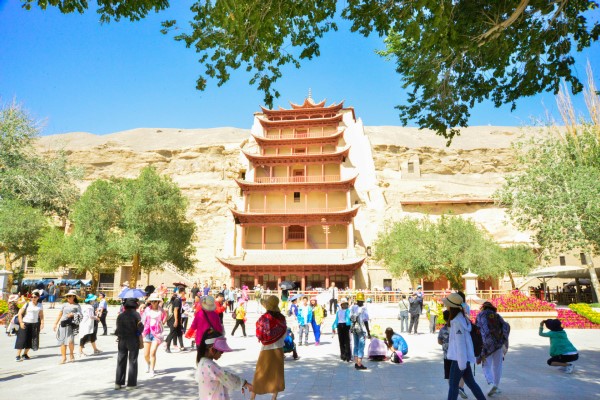
Mogao Grottoes
The Mogao Grottoes contribute greatly to Dunhuang's unique culture. The grottoes, one of the world's largest sites of Buddhist art, boast 45,000 square meters of murals in 735 cliff caves and more than 3,000 sculptures. Researchers have so far found more than 50,000 sutras, documents and paintings in the "cave for preserving Buddhist scriptures".
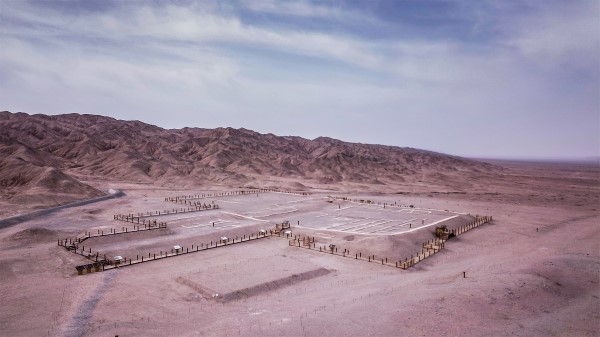
Xuanquanzhi Relic Site
At the Xuanquanzhi relic site, more than 35,000 bamboo slips from various dynasties have been discovered. Tucked away in the mountains, the Xuanquanzhi is a spring that saved famous general Li Guangli and his army from thirst on their way back from a victorious battle in Ferghana Valley in Central Asia during the Han Dynasty.
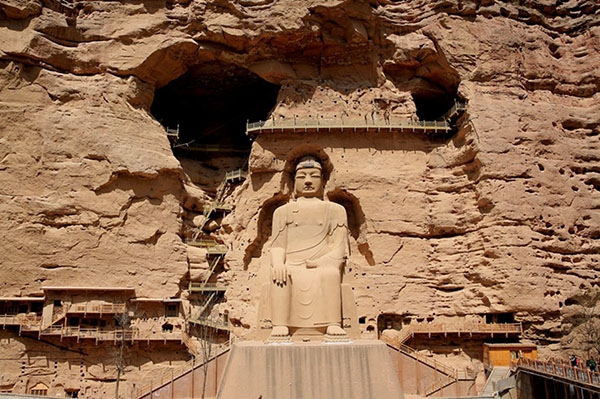
Bingling Temple Grottoes
As the largest stone grottoes in Gansu province, the Bingling Temple Grottoes are a world cultural heritage with a history stretching back more than 1,600 years, a national foremost protected cultural heritage site, and one of the six famous stone grottoes in China. With the grotto murals and stone statues of different historical periods, the Bingling Temple Grottoes are dubbed "the encyclopedia of stone grottoes".
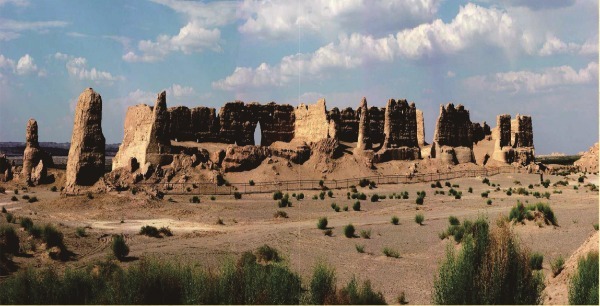
Yumen Pass
Yumen Pass is located in the Gobi Desert, about 90 km northwest of Dunhuang and was a strategic point on the ancient Silk Road. It is said that Khotan jade first entered the Central Plains (the area comprising the middle and lower reaches of the Yellow River) from this pass, hence its name. The parapets of the pass still remain, in square rammed-earth structures.
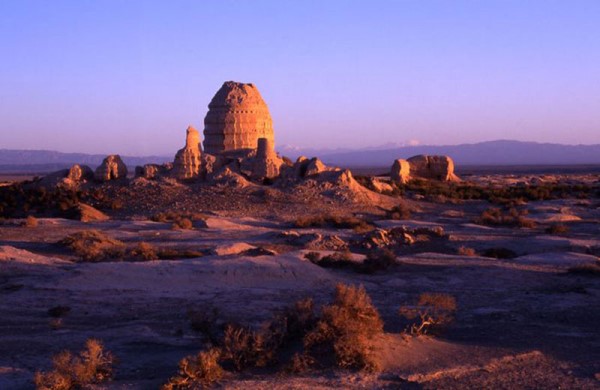
Suoyang City Ruins
Founded more than 2,000 years ago, Suoyang City was an important landmark on the ancient Silk Road, and one which held a key role in the politics and the economy of the area during the Western Han Dynasty (206 BC-AD 24). Located in Guazhou county, Gansu, Suoyang Ruins is one of the largest and most well-preserved ancient sites in China with the city's defense structures still standing and its irrigation system in good condition.
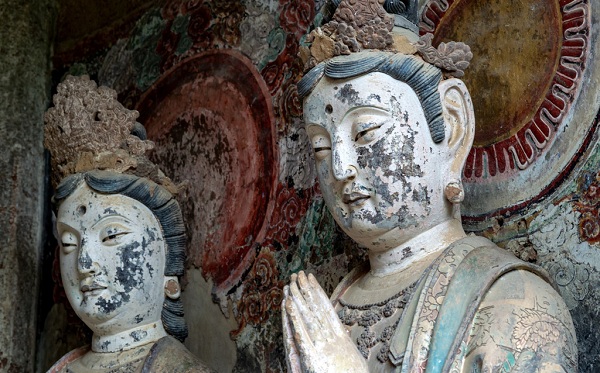
Maiji Mountain Grottoes
Maiji Mountain scenic area is located in Tianshui, Gansu province. Maiji Mountain Grottoes, first constructed in the Eastern Jin Dynasty from 384 to 417, consists of 221 caves, 10,632 clay sculptures and stone carvings, and delicate frescoes covering 1,300 square meters. They feature exquisite sculptures and are known as the "Oriental Sculpture Museum” for their numerous grottoes, beautiful statues and long history.
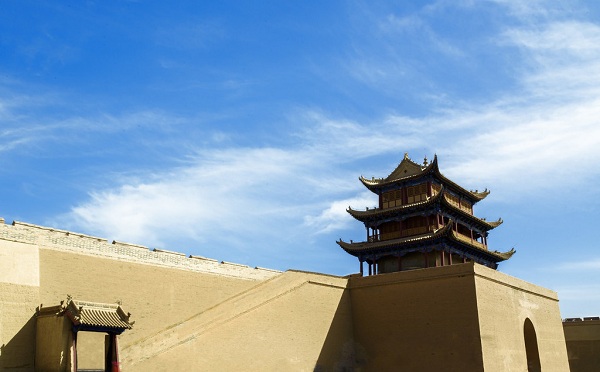
Jiayu Pass
Jiayu Pass, also called "China's No. 1 Pass", is located in the middle of the narrowest valley which is five kilometers to the west of Jiayuguan city in Gansu province. It is the gateway to the westernmost end of the Ming Dynasty Great Wall, and was historically known as the throat of Hexi area. Thanks to its strategically-important location and grand buildings, Jiayu Pass is nicknamed "Key of the Border".
-
As AI encounters Dunhuang's art, the ancient caisson ceiling bridges centuries to the present.
View all stories

 Gansu thrives from green development
Gansu thrives from green development  >
>